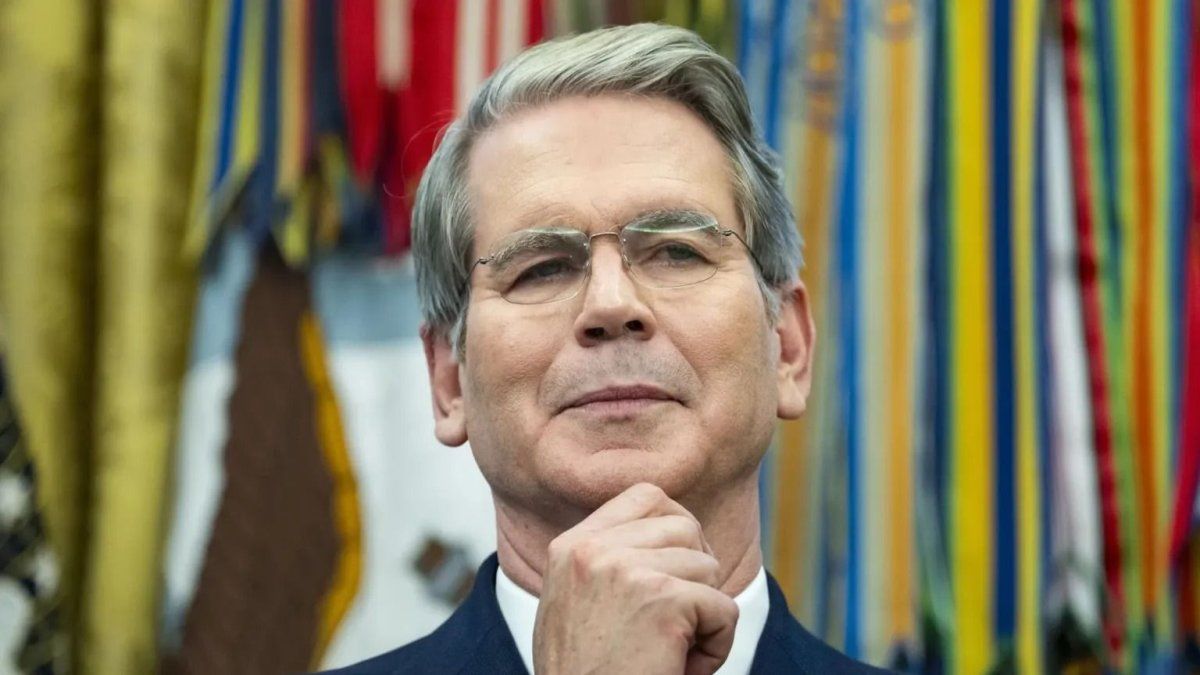In a context of growing pressure to stabilize public finances and with a dollar who has crossed The $ 1,300 barrierthe minister Luis Caputo It wants to guarantee tranquility in markets.
The Government then seems arranged to Accelerate your short -term plan. Ninety days separate the Casa Rosada from the possibility of obtaining in Congress its “team of vetators” to hold closed the fiscal windows that, in the president of the president Javier Mileithe opposition and caste want to open it. The strategy is clear: Capture fresh dollars via greater supply and reduce pressure on the exchange rate through lower demand from the peso market.
The need to strengthen reserves of Central Bankin a year marked by the legislative elections of October, it has led to the Casa Rosada to deploy a plan that combines Incentives to the agro -export sector, negotiations with the International Monetary Fund (IMF) and an active management of monetary policy to sustain the attractiveness of weights. However, while the Executive seeks to avoid tensions in the dollar, the official exchange rate exhibits an ascending, although controlled movement, which reflects the complexities of the economic situation.
The store of the warehouse: the dollar rules, the weights obey
From the side of the currency offer, the reduction of the withholdings to the field is presented as a key measure for stimulate agricultural exports, A fundamental pillar for the income of dollars. The measure seeks to encourage the sale of about 12 million tons of grains still held by producers, which could generate An additional flow of up to US $ 4,000 million In the second half of the year. This impulse, however, faces uncertainty: the temporary decrease in retentions in the first semester has already accelerated early settlements, and the continuity of strict deadlines for currency liquidation could limit the immediate impact. In the long term, the permanent reduction could increase the area planted in 2026, enhancing the production of soybeans and corn, but the fiscal cost, estimated by 0.2% of GDP, Raise questions about the sustainability of fiscal balance committed to the IMF.
At the same time, the government is committed to A new IMF disbursementwith a key meeting of the board scheduled for this Thursday. The approval of approximately US $ 2,000 million is seen as an essential support for strengthening international reserves, which have shown signs of fragility with negative levels estimated at US $ 6,000 million. This currency flow would not only provide immediate financial relief, but also send a sign of stability to markets in a global volatility context. The Casa Rosada trusts that this IMF support will act as An anchor for exchange expectationsespecially in a market sensitive to political signals in the electoral prelude.
From the demand side, the government seeks hold the attractiveness of “Carry Trade” through competitive interest rates, at a time when it faces debt maturities in pesos for $ 11.8 billion. The recent tender of the Treasury, which included short -term LECAP and Linked dollar bondsreflects an effort to absorb liquidity and keep investors in assets in pesos. The low demand for the dollar Linked instruments, with an award of just $ 80,000 million, suggests that the market trusts the official strategy of avoiding abrupt devaluation.
Decision at the door: more broadcast and higher rates
However, the treasure faces the dilemma of validate higher rateswhich make financing more expensive, or emit more weights, which could generate inflation and exchange pressure, complicating the stability of the dollar. The dollar, in this scenario, remains the thermometer of the economy. Despite official efforts to avoid shocks, The official exchange rate, which has already exceeded $ 1,300 at Banco Naciónexhibit a slow but constant sliding.
According to the IMF analysis, Argentina’s real exchange rate was overvalued at 18.9% in 2024which implies that the current nominal level, close to $ 1,300, is insufficient to align the economy with macroeconomic foundations. Transpoling the parameters, the agency estimates that a balance change rate should be around The $ 1,395 in July 2025adjusted by accumulated inflation of 15.1% between January and June, plus 1.6% in July, and discounting the average inflation of commercial partners (2.5% per year). This value, near the ceiling of the exchange band set at $ 1,400, reflects the need for a more competitive dollar to strengthen exports and reserves. The government’s priority is clear: keeping calm on the exchange front to the October elections.
In the City they believe that a dollar shooting, in a context of inflation constant, could complicate the official aspirations at the polls. Therefore, the combination of field incentives, the support of the IMF and an attractive rate policy is presented as a strategic play to accumulate currencies and contain the demand for dollars, with the intention of improving, gradually, the real exchange rate. However, the path to stability faces significant obstacles, which the Executive seeks to overcome with key negotiations in the international arena and adjustments in monetary policy.
Caputo Giorgieva.jpg
The Government is committed to a new IMF disbursement, with a key meeting of the board scheduled for this Thursday.
Renegotiate the reservation goal with the IMF: urgent mission
The Renegotiation of the reserves goal for September has become a critical pillar of this strategy. The Government, aware that international reserves did not reach the accumulation target of US $ 5,000 million established in the agreement with the IMF, has initiated conversations to make this objective more flexible. The difficulty in fulfilling the commitment responds to a lower pace of agricultural liquidations and the restrictions on access to foreign exchange in an adverse global environment. This renegotiation seeks to avoid formal breach that could generate turbulence in the markets, but shows the structural limitations of the economy to accumulate dollars in the short term, which could complicate future negotiations with the body.
The IMF insists on the need for a competitive exchange rate for Correct weight overvaluation and strengthen the external position of the country. This diagnosis underlines the tension between maintaining a controlled exchange rate to avoid inflationary pressures and the need for a higher dollar to boost exports, a key factor in sustaining reserves in the medium term. The management of liquidity in pesos adds another layer of complexity to the official strategy. The low demand for dollar bonds, compared to the success of the short -term LECAP, reflects Market confidence in the “Carry Trade” as an attractive option in the short term.
However, an excess of issuance of pesos to cover maturities could rekindle exchange tensions, especially if the flow of dollars of the field (estimated at US $ 4,000 million) and the IMF does not meet expectations. In this scenario, the government faces a precarious balance between the accumulation of reserves and exchange stability. The decline in retentions and IMF disbursement seek to strengthen the currency offer, while attractive rates try to contain the demand for dollars.
Source: Ambito




